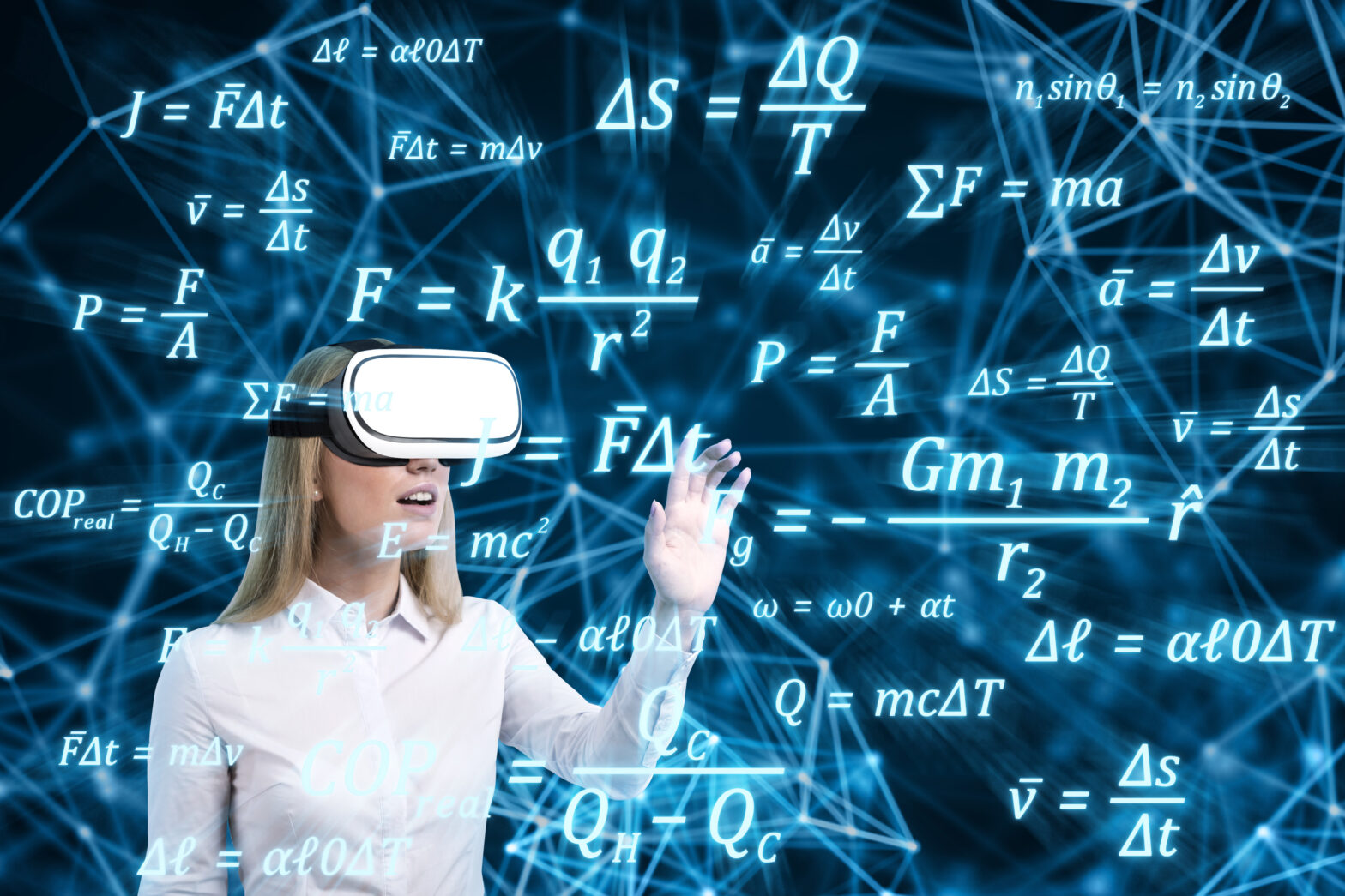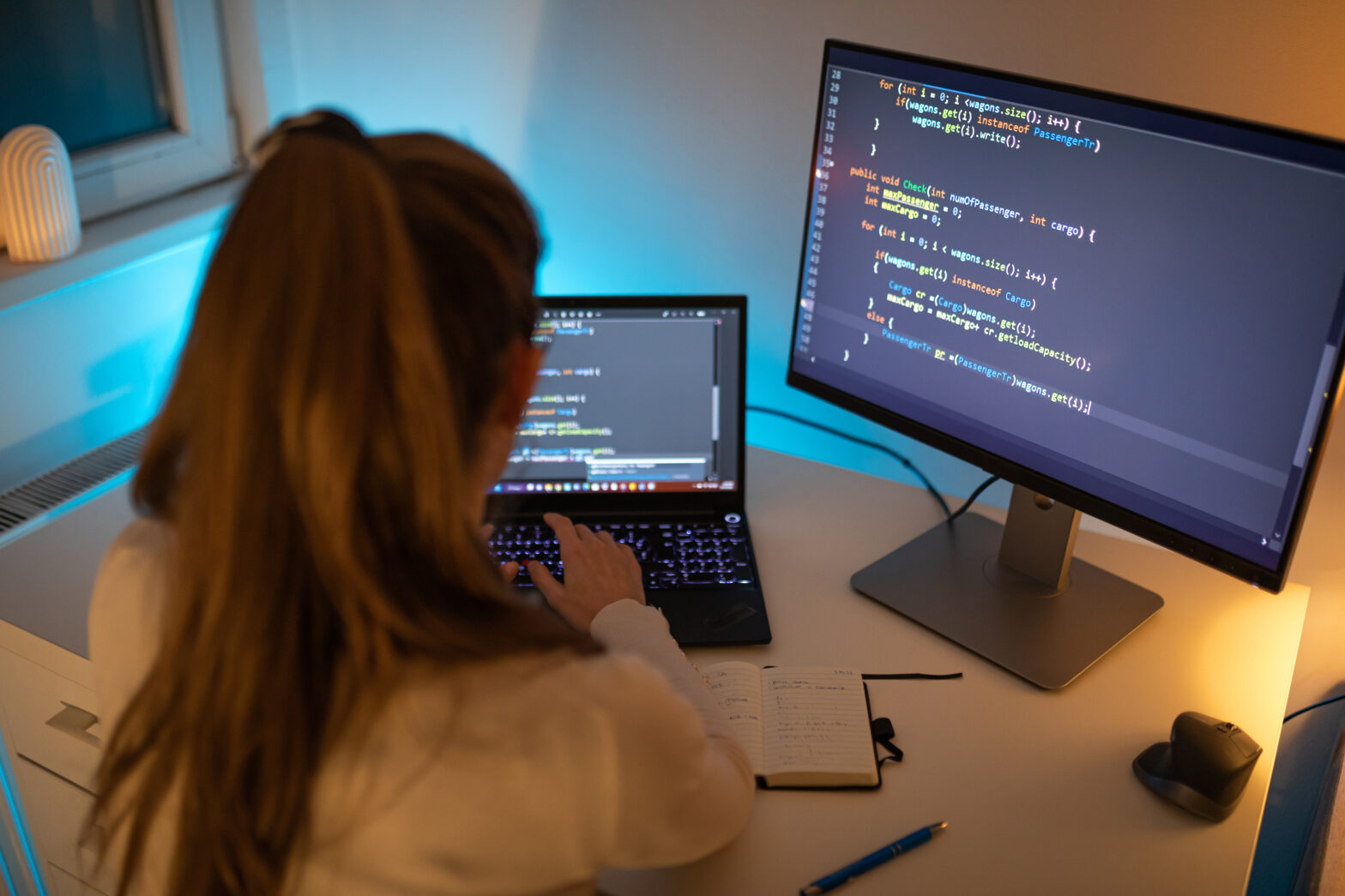In the last 100 years, the nature of the world has dramatically changed. People are more connected than ever before, and thanks to the availability of cheap mobile devices, even farmers in some of the most remote areas of the world benefit from this connectivity. But schooling systems have yet to adapt to the possibilities of this hyper-connectivity, and the change in focus that it requires of the next generation.
Stuck in the past
Education is currently a global industry worth $4.4 trillion annually, but it’s form still largely mimics the classrooms of 100 years ago, be it for children or adults.
>See also: How virtual worlds are teaching better lessons
Standing in front of a board that is now typically white rather than black, a teacher still predominantly talks to their students from the head of the class, encouraging pupils to memorise what they have seen. Schools have learned a few things along the way, this is true. Research shows, for example, that when class sizes are reduced, student achievement rises.
The education system knows that using activities to engage students makes for more effective learning than reading from a textbook. and so schools with the resources to do so now organise science experiments and field trips, aimed at capturing their students’ imagination.
But never have schools had the resources, or the technological capacity, to give each student a platform on which to go outside the boundaries of the lesson plan and safely pursue their curiosity. Never, until now. And it is on the back of VR that this possibility is emerging.
VR potential
The German-based Education International recently conducted a study which argued that living long distances from school had a negative impact on students’ health and on their educational achievement. Especially in developing countries, this problem contributes to national education gaps with developed nations. This is a great example of an educational limitation which could be addressed by connected technologies.
Platforms like Second Life and Kitely have already been exploiting this possibility for years, but while both Second Life and Kitely tried to address the same issues as VR now does, their ability to immerse students through an avatar is severely limited.
>See also: Could virtual reality become integrated into people’s lives?
VR can go a step forward by immersing people from across the world in the same environment, and thus facilitate knowledge retention. And while looking at battle depictions on tapestries during a museum field trip might be a better way of learning history than reading a textbook on the subject, it cannot compete with the immersive experience that could be afforded with VR.
Using the technology, students could learn by interacting directly and, most importantly, individually, with their subject. Classes can be assembled and dispelled effortlessly, allowing teachers more control of the environment.
VR can also provide the conditioning usually only afforded by experience, by providing users with a risk free environment in which to train for dangerous activities.
Essentially, VR is already a proven life saver. From bomb-disposal to surgery, professionals engaged in a potentially dangerous activity can become acclimatised to these experiences through VR first, before placing themselves, and others, in harm’s way.
What’s next?
There are, of course, unknowns regarding this technology. Video games have already hinted at the problems of too much immersion, and the trappings of constant digital engagements, and the industry still must overcome the motion sickness side-effects of prolonged experiences. Once these issues are satisfactorily addressed, VR will become an incomparable tool for teachers. And given the resources currently being spent on artificial realities, it’s not unrealistic to expect these developments sooner rather than later.
>See also: Pearson’s learning platform can help transform the education industry
Annual spending on artificial realities is expected to more than double in value each year over the next five years or so. AR technology is currently the most affordable, and since most of today’s students have been acclimatised to digital technologies, they find it easy to engage with the technology. It can also replace the need for physical supplies, making lessons cheaper for schools and reducing their environmental footprint.
The price tag for VR systems is also, slowly, becoming more attainable for everyday users. Certain educational-specific VR sets, aimed at teachers and classes of up to 30 pupils, go for just under US$10,000 currently. And while that may seem expensive now, prices are commonly expected to drop as this technology becomes mainstream. When they do, the educational industry will be disrupted like never before, and all on the back of VR.
Sourced by Piotr Baczyński, CEO of VR company Immersion










